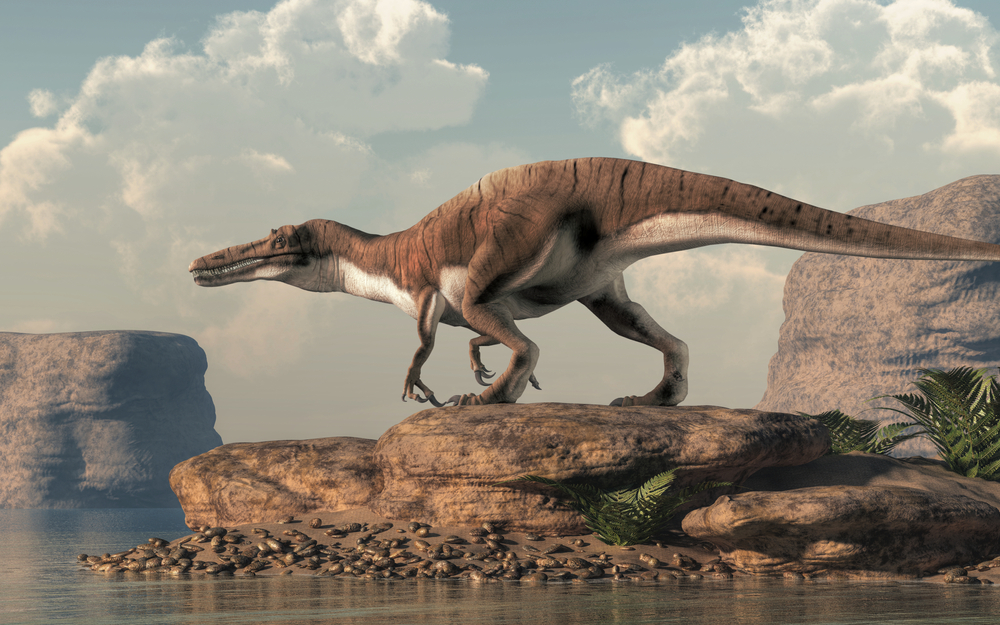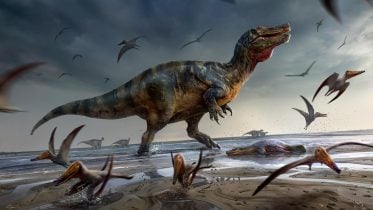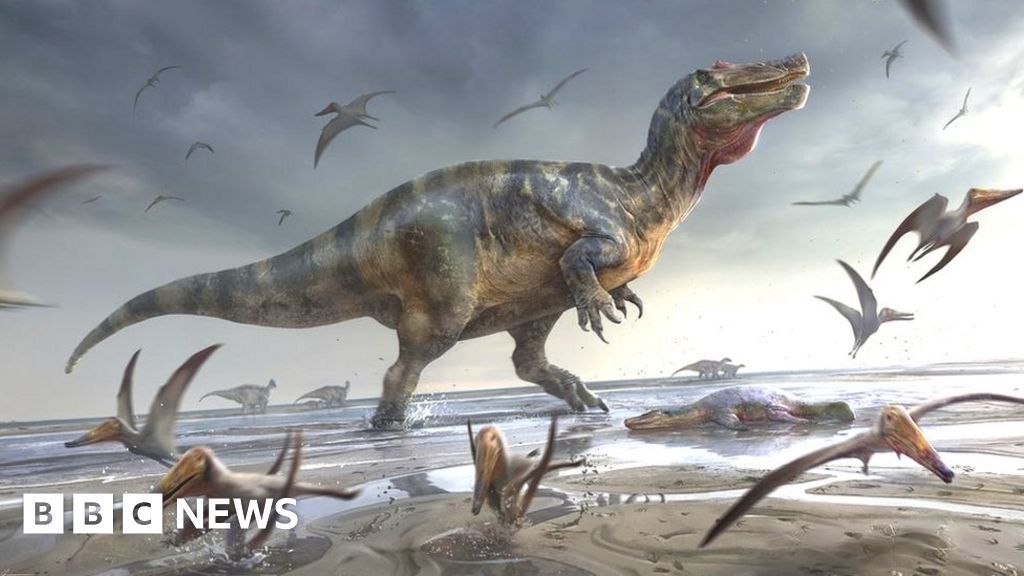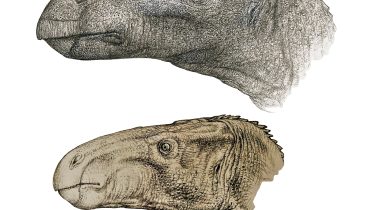
Isle of Wight
The Isle of Wight is a county and the largest and second-most populous island of England. It is located in the English Channel, between two and five miles off the coast of Hampshire, from which it is separated by the Solent. Referred to as 'The Island' by residents, the island has resorts that have been popular holiday destinations since Victorian times, and is known for its mild climate, coastal scenery, and verdant landscape of fields, downland and chines. The island is historically part of Hampshire, and is designated a UNESCO Biosphere Reserve. The island has been home to the poets Algernon Charles Swinburne and Alfred, Lord Tennyson and to Queen Victoria, who built her summer residence and final home Osborne House at East Cowes on the Isle. It has a maritime and industrial tradition of boat-building, sail-making, the manufacture of flying boats, hovercraft, and Britain's space rockets.





/cloudfront-us-east-2.images.arcpublishing.com/reuters/FLUHL5PSUJLB3EVXQDOOXKDRZY.jpg)
